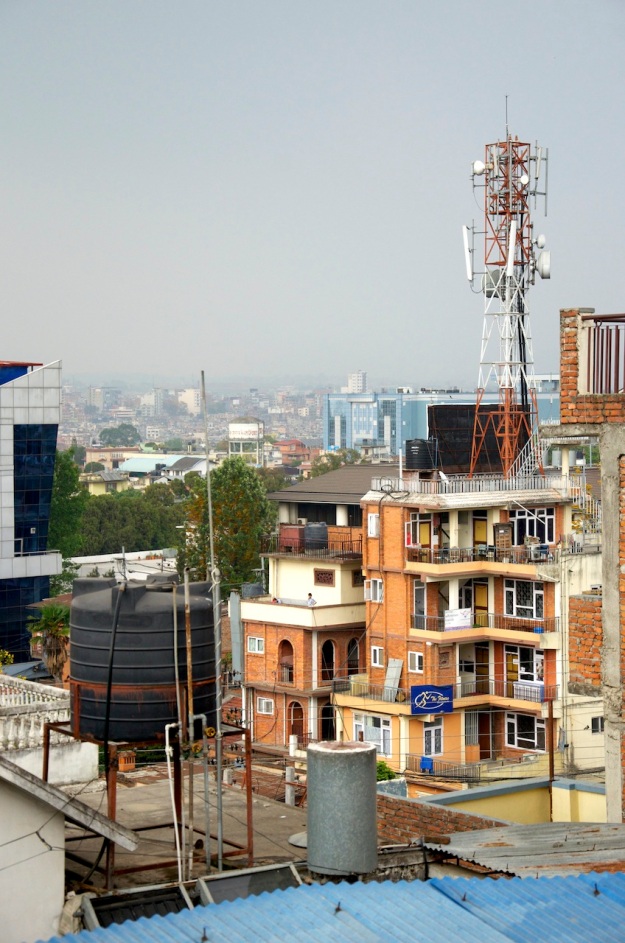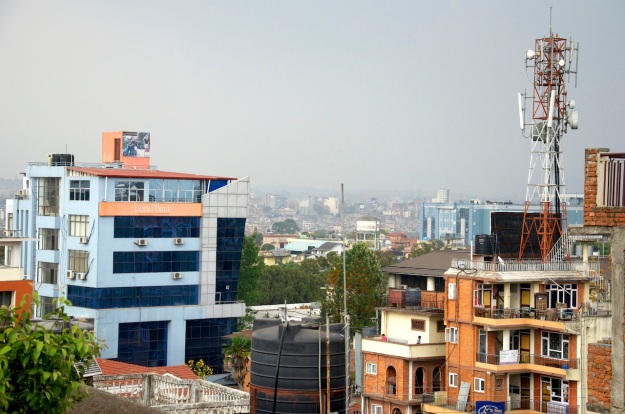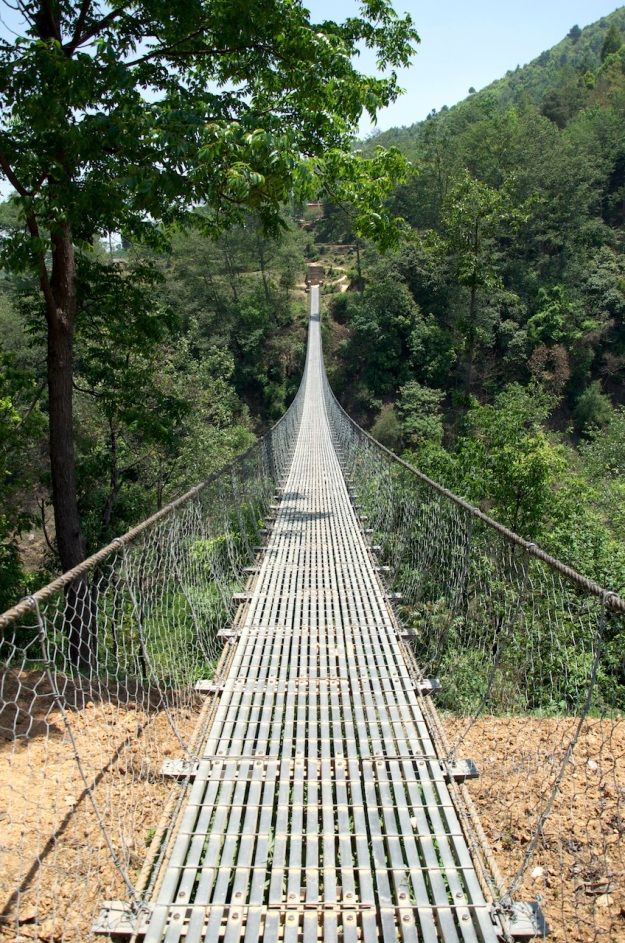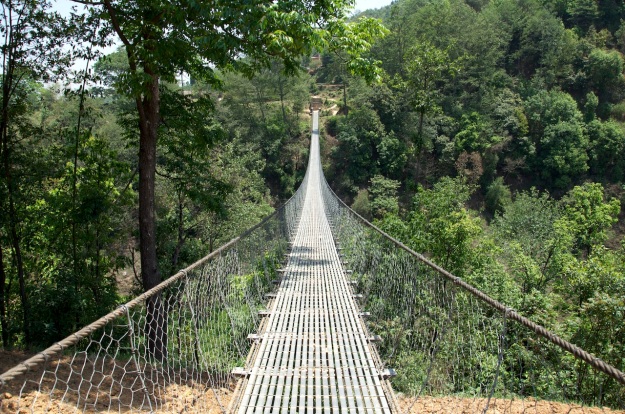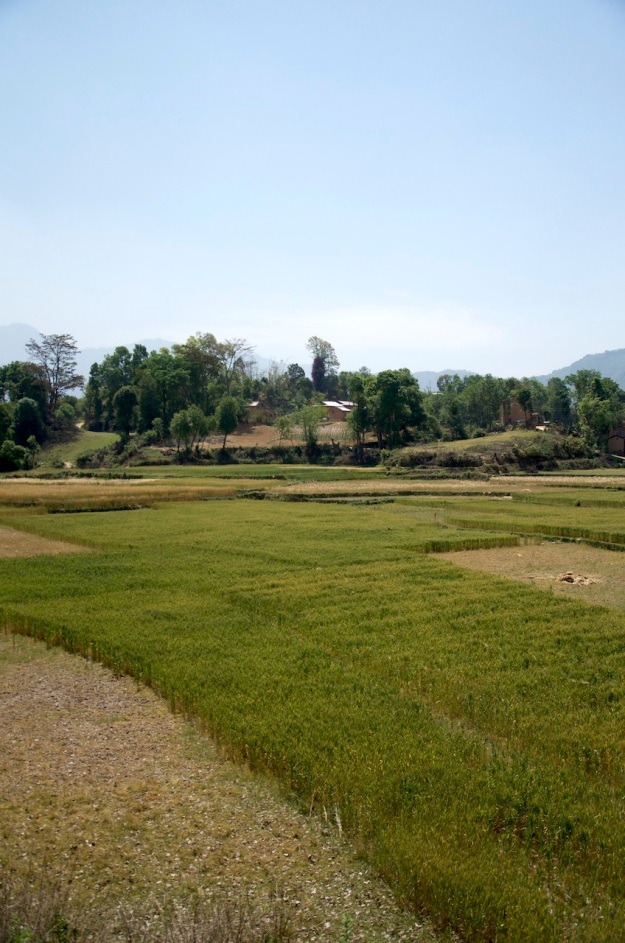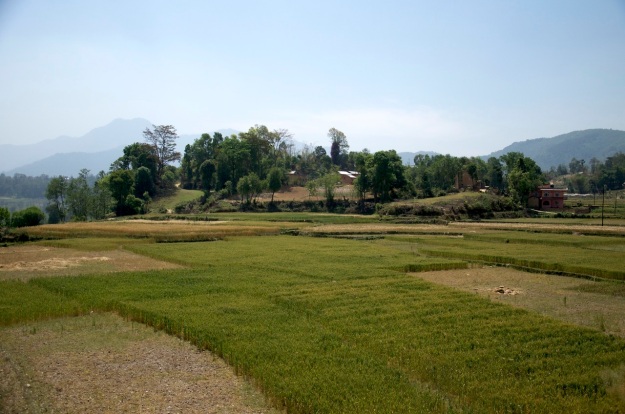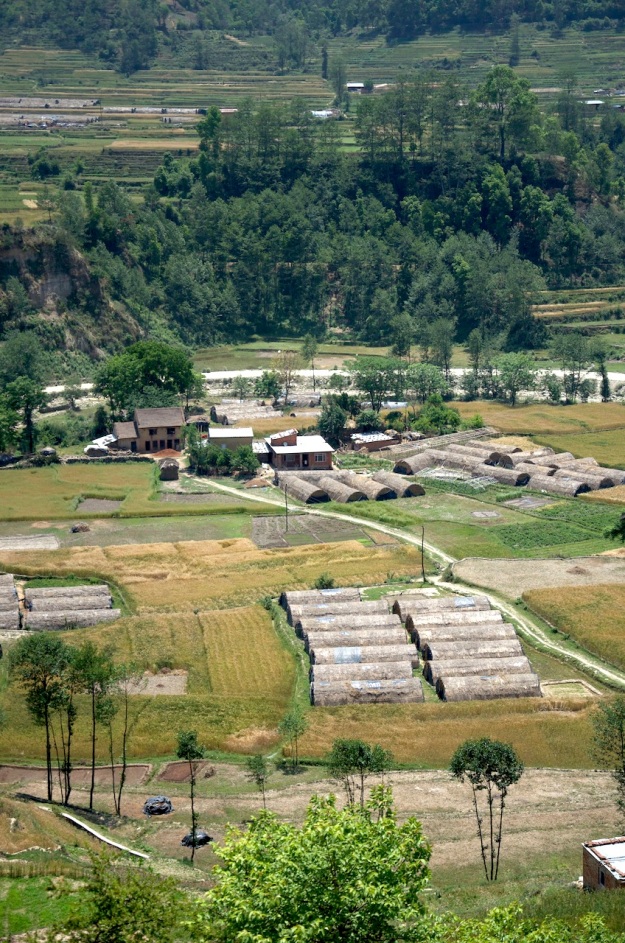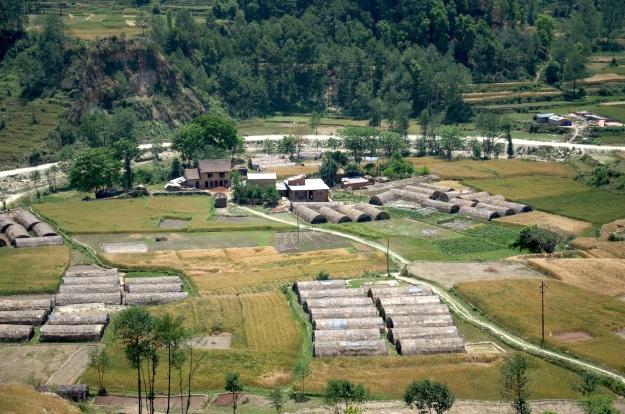This exercise required two sets of photos, of paired scenes, one taken vertically and the other in landscape. The question being what does the restriction of each format, vertical or horizontal, have on the choice or subject or framing of the photograph.
Photo Pair 1
Photo Pair 2
Photo Pair 3
Photo Pair 4
Some of the photos above were taken much closer in time than was otherwise suggested just for the reason that it was not possible to revisit certain areas immediately.
With having to take the vertical fame first, the natural tendency was look for tall subjects first, as in Pair 1. In rotating the the camera vertical to horizontal, I tried to maintain the same field of view or level of zoom, and still try to contain the main subject within the frame. I am somewhat puzzled by the zooming in effect that each picture seems to show, but assume this is more to do with the WordPress system trying to equalise the apparent dimensions of the image to fit on the page, as the original images do not show this effect.
So the vertical framing of landscapes does not generally work as well as the horizontal. The resulting images seem to lose a lot of information, feel cropped, and a true sense of the scene is not really conveyed. However scenes with tall subjects as the focus can make sense either way, as long as careful framing is chosen at the outset.

